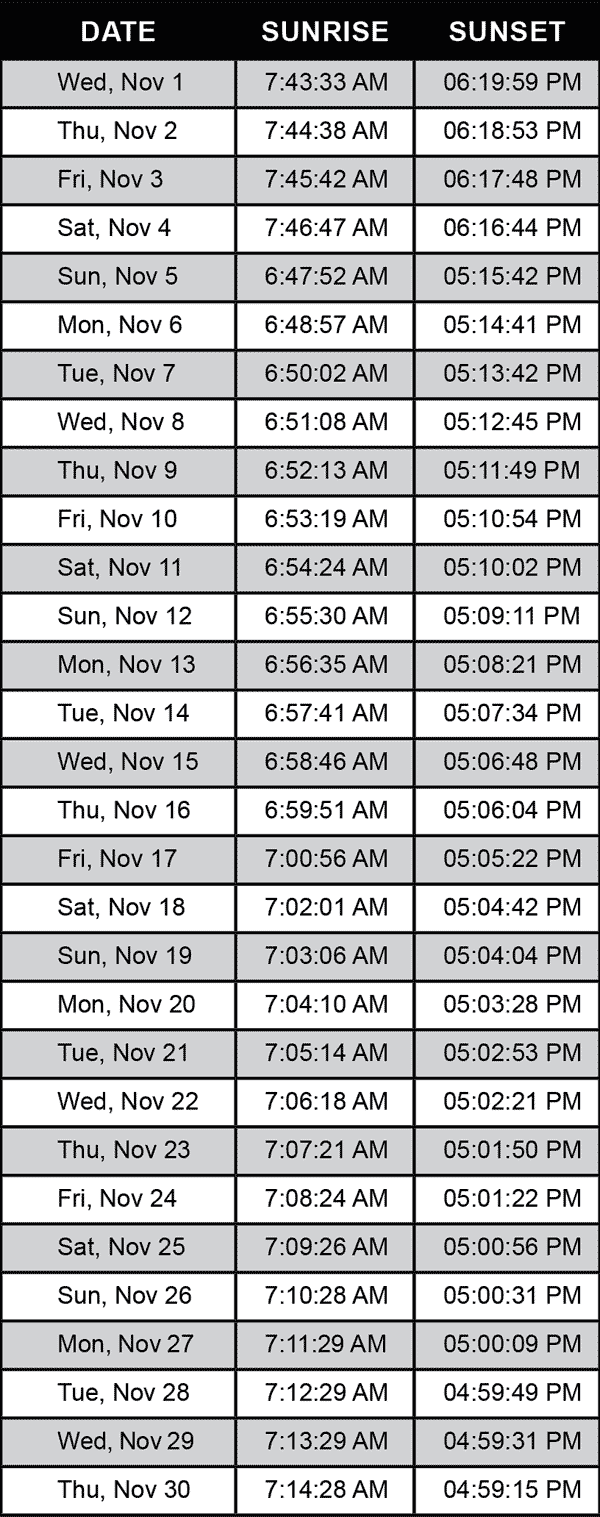|
|
DARK SKY HAPPENINGS - November 2023
Moab
UT (at City Hall)
38O34’ N Latitude
109O33’ W Longitude
4048 ft - 1234 m |
Spy the Seventh Planet, Uranus
Adapted from an article by Liz Kruesi
You might be familiar with Saturn as the solar system’s ringed planet, but Uranus, the next planet out from the Sun, hosts an impressive ring system as well. The seventh planet was the first discovered telescopically by astronomer extraordinaire William Herschel on March 13, 1781. Nearly two centuries passed before an infrared telescope aboard a military cargo aircraft revealed the planet had rings in 1977.¹
Since that discovery, multiple observatories have revealed more details of Uranus and its ring system. Most recently, the NASA-led JWST space observatory captured the planet in detail, including 11 of the planet’s 13 rings. Even with advanced imaging like that from JWST, much of Uranus remains a mystery, including why it orbits the Sun on its side. This is because only one spacecraft has ever visited, NASA’s Voyager 2, which flew by the distant planet in the mid-1980s.²
Planetary scientists are hoping to change that soon, though. Scientists recommended in a report released last year from the National Academies of Sciences, Engineering, and Medicine that Uranus be the focus on the next big planetary science spacecraft mission. Such a large-scale mission would gain insight into this icy giant planet and the similar planet, Neptune.
If you want to catch a view of Uranus, now is prime time. This ice giant planet lies perfectly positioned in mid-November, at so-called “opposition,” when its position in its orbit places it on the other side of the Sun from Earth. That location means our star’s light reflects off Uranus’ icy atmosphere, and the planet appears at its brightest.
To find it, look overhead just after midnight on November 13. Uranus will lie about halfway between the brilliant planet Jupiter and the diffuse glow of the Pleiades star cluster (M45). While Uranus may look like a bright blinking star in the night sky, its blue-green hue gives aways its identity. Binoculars or a telescope will improve the view.
For more about this oddball planet, visit NASA’s Uranus page.
Sunrise-Sunset
(The time of sunrise and sunset assumes a flat horizon. Actual time may
vary depending upon the landscape.) |
 |
MOON HAPPENINGS
November 5 - Third Quarter at 1:36 am November 13 - New Moon at 2:27 am November 20 - First Quarter at 3:49 pm November 27 - Full Moon at 2:16 am
|
Moab Dark Skies mission is to promote the appreciation and conservation of Moab’s valuable and rare dark skies. Moab Dark Skies was established by the Friends of Arches and Canyonlands Parks in conjunction with the National Park Service and Utah State Parks Division of Natural Resources
For more information, check out our
Facebook page |
|
|
|
|
|
|
|
© 2002-2024 Moab Happenings. All rights
reserved.
Reproduction of information contained in this site is
expressly prohibited.
|
|